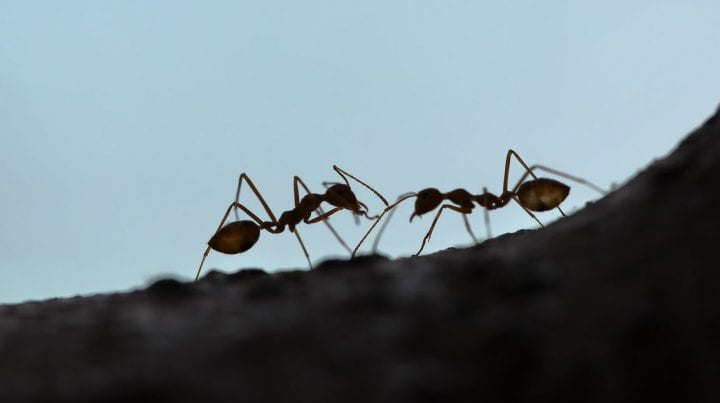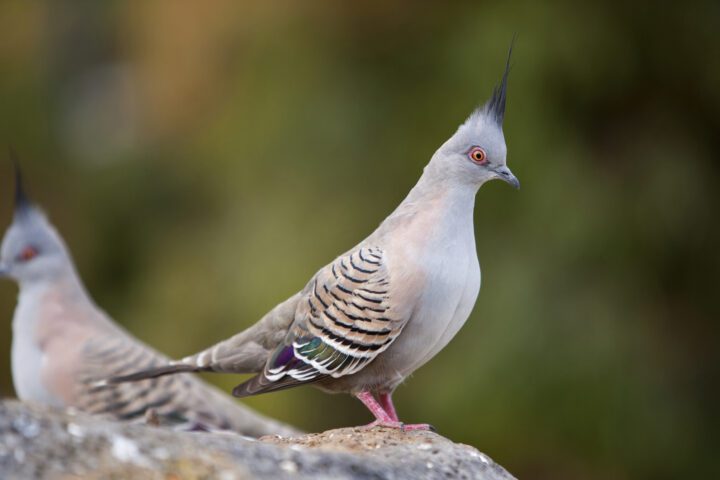Naked mole rats ensure colony survival by dividing work and supporting a single breeding queen.
Introduction
Honey bees are often praised for their efficient, organized colonies. But they’re not the only ones in the animal kingdom that deserve admiration for their commitment to cooperation. Naked mole rats show the same super-social behavior.
The Strategy
Both bees and naked mole rats are eusocial. They live in multigenerational family groups with a single queen. All other individuals have specific jobs, either supporting the queen’s reproduction or fulfilling the colony’s daily survival needs, such as foraging and defense. This communal strategy helps the population survive in their unique ecological niche.
The naked mole rat is a conspicuously hairless species of rodent that lives entirely underground in the driest regions of Kenya, Ethiopia and Somalia. Living in large colonies of up to 300 members, they have evolved remarkable abilities to survive in closed spaces. They can live for up to 18 minutes without oxygen and are unharmed by carbon dioxide levels many times higher than what’s found aboveground.
In a single group, there is usually only one dominant breeding female and a handful of breeding males. They divide their labor so that nonbreeding individuals become foragers, nest defenders or alloparents—adults that care for the young but are not the biological parents of those young.
Alloparents huddle in the nest to create warmth for the mole rat “pups,” retrieve pups that fall out of the nest, transport them when the colony moves to a new nest and evacuate them during colony disturbances. They also help feed the pups in a most unusual way. Young mole rats that are weaned off their true mother’s milk will eat their alloparents’ caecotrophes, or partially digested fecal pellets. That’s right—mole rat pups eat their alloparents’ poop!
Some researchers argue that naked mole rats evolved eusociality because it is advantageous for animals living in an environment where food is scarce and hard to find. Imagine digging in random directions through loads of dirt until you stumble upon a tuber—better to have compatriots who will search in different areas and give a holler when they find something good. Others explain that eusociality increases the nest’s overall survival rate when nonbreeding workers stay at home to look after the pups. This ensures that their whole population continues to thrive even if some members don’t reproduce. And a recent theory puts more emphasis on the queen: When a breeding female can stay home instead of venturing out to find food, she can eat and give birth without risk of encountering a predator.
The Potential
Whatever the evolutionary explanation, it is clear that eusociality is an effective survival strategy for naked mole rats. Perhaps we could take a few lessons from them, too. As individuals, they put cooperation above competition for the betterment of everyone. And in a world of dwindling space and limited resources, humans might begin to place higher social value on those who forgo reproduction and choose to support the continuation of our species in other ways. A family that works together is a family that thrives.













